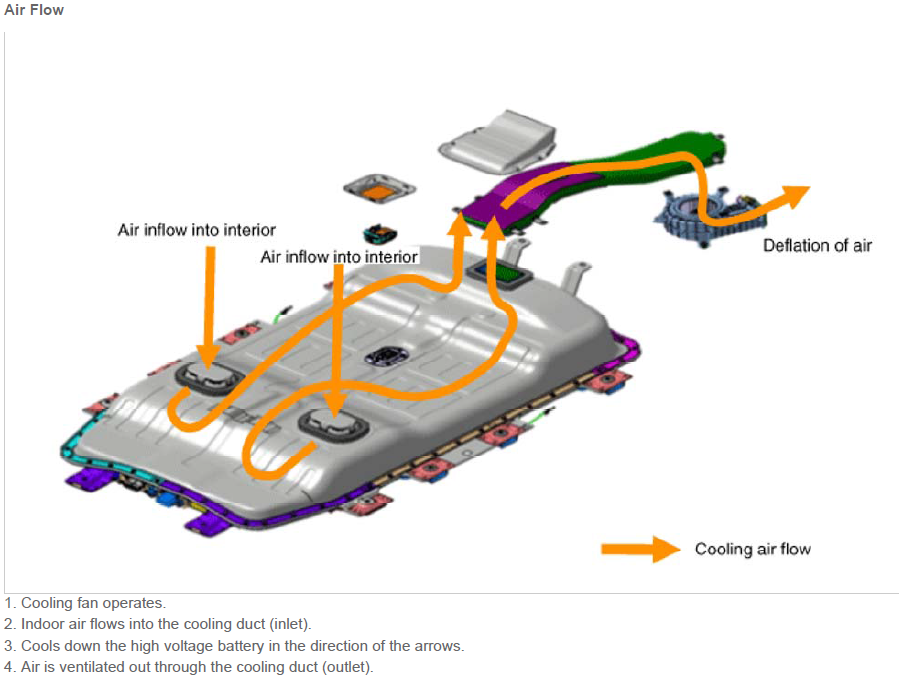According to the U.S. Advanced Vehicle Testing Activity the Soul EV is the second most economical EV, just behind the BMW i3.
Source: http://avt.inl.gov/fsev.shtml
Information in Wh / Miles
i3: 261
Soul EV: 264
Leaf: 279
Spark: 290
i-MiEV: 299
Smart: 326
Ford Focus: 347
I found this posted at the German Leaf Owner's Forum here http://www.goingelectric.de/forum/kia-soul-ev/wie-sparsam-der-soul-ev-wirklich-ist-fleet-fuel-economy-t12287.html
I found another article at the AVTA much more interesting. But its about the Nissan Leaf 2012 so may be less relevant to Soul EV.
Effects of Electric Vehicle Fast Charging on Battery Life and Vehicle Performance
http://avt.inl.gov/pdf/energystorage/FastChargeEffects.pdf
The main point was to avoid heavy driving during the summer in Phoenix, Arizona. (It is very hot there!)
Battery degradation for both slow charging and fast charging was substantial with high ambient temperatures.
Pure fast charging is slightly worse than pure slow charging.
Just found another set of data supporting the conclusion: Pure fast charging is slightly worse than pure slow charging.
http://www.greencarcongress.com/2008/05/the-battery-pac.html
Source: http://avt.inl.gov/fsev.shtml
Information in Wh / Miles
i3: 261
Soul EV: 264
Leaf: 279
Spark: 290
i-MiEV: 299
Smart: 326
Ford Focus: 347
I found this posted at the German Leaf Owner's Forum here http://www.goingelectric.de/forum/kia-soul-ev/wie-sparsam-der-soul-ev-wirklich-ist-fleet-fuel-economy-t12287.html
I found another article at the AVTA much more interesting. But its about the Nissan Leaf 2012 so may be less relevant to Soul EV.
Effects of Electric Vehicle Fast Charging on Battery Life and Vehicle Performance
http://avt.inl.gov/pdf/energystorage/FastChargeEffects.pdf
The main point was to avoid heavy driving during the summer in Phoenix, Arizona. (It is very hot there!)
Battery degradation for both slow charging and fast charging was substantial with high ambient temperatures.
Pure fast charging is slightly worse than pure slow charging.
Just found another set of data supporting the conclusion: Pure fast charging is slightly worse than pure slow charging.
http://www.greencarcongress.com/2008/05/the-battery-pac.html
Code:
Mitsubishi tested the cycle life of the pack under standard (50 A) and quick charge (120 A) conditions using the JC08 driving pattern and found that the pack retained 84% of capacity with quick charging and 83% with standard charging after 1,000 cycles.




































